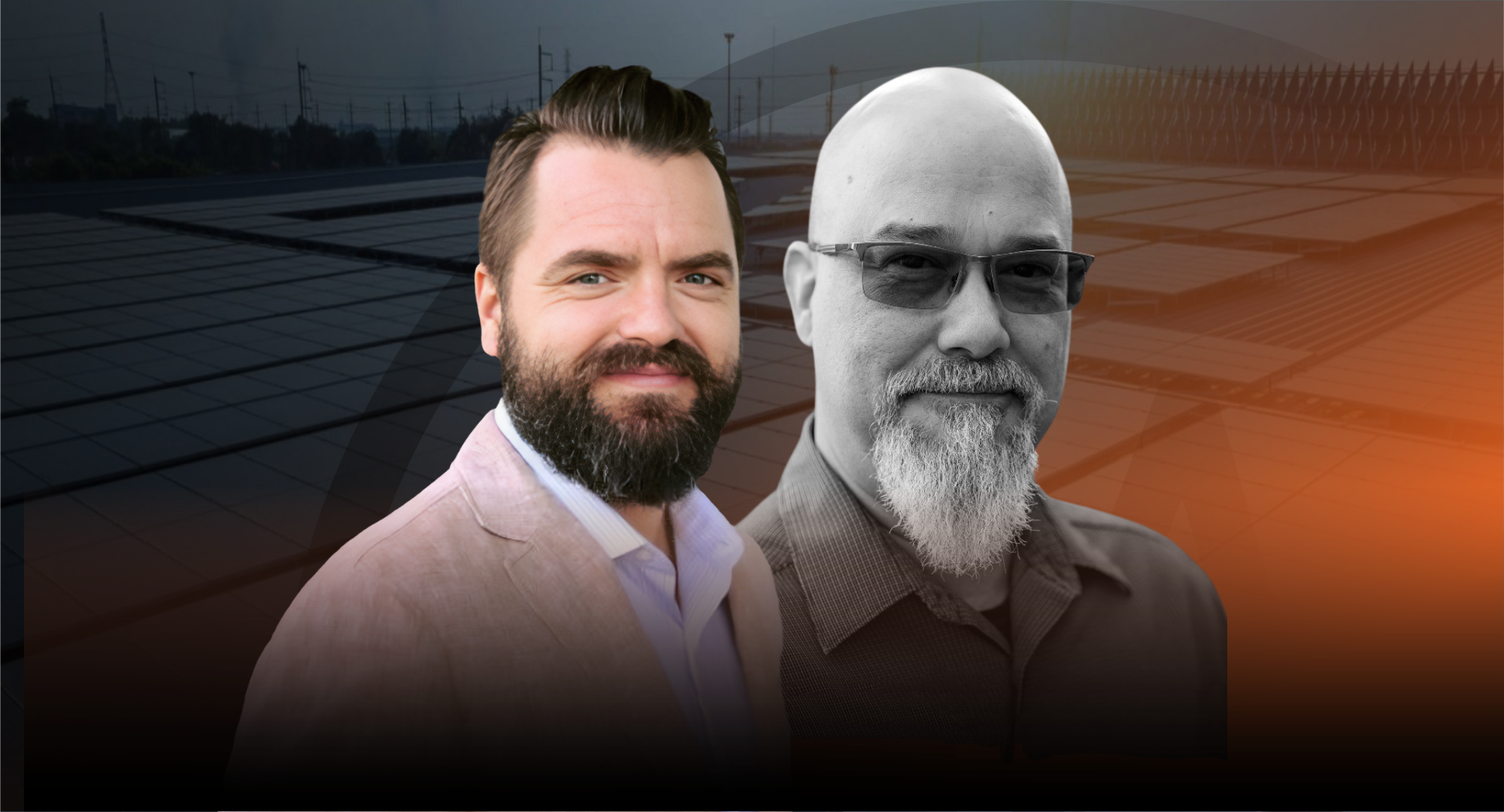Standardized Solar Maintenance Boosts CRE Profitability
Developer/IPPIn this episode of The Future of CRE Sustainability, Amanda Bybee, Chief Executive Officer of Amicus O&M Cooperative, shares how her organization created the first-ever ANSI standard for solar technician training and certification, and why this is essential for commercial real estate owners with solar installations.
The solar industry’s workforce challenges run deeper than just hiring more technicians: we need a complete transformation in how we train, certify, and retain talent. Amanda Bybee, Chief Executive Officer of Amicus O&M Cooperative, joins Sean on this episode of The Future of CRE Sustainability to share the industry’s first ANSI standard for solar and battery storage technicians. This framework introduces a four-level professional development pathway that could resolve chronic labor challenges while ensuring systems perform optimally for decades.
Amanda shares why commercial real estate owners should view O&M not as an optional expense but as essential performance insurance, warns against confusing workmanship warranties with proper maintenance, and makes a compelling case for a more circular approach to solar equipment at end-of-life. Throughout the conversation, she emphasizes that despite constant market volatility and policy shifts, proper technician training cannot be sidelined — it’s foundational to the industry’s future and directly impacts the ROI of every installed system.
Topics discussed:
- The development and implementation of the industry’s first ANSI-approved standard for solar and battery O&M technicians, creating a four-level professional framework that defines required knowledge, training objectives, and measurable competencies.
- How standardized training pathways address the chronic solar labor shortage by creating clear career advancement opportunities rather than letting technicians bounce between companies seeking higher pay without validated skills.
- Implementation strategies for organizations adopting standardized training, including starting with pilot programs, reassuring technicians about pay stability, and having senior techs engage with training materials from an instructor perspective.
- The critical distinction between workmanship warranties (which cover installation defects) and O&M agreements (which provide proactive performance monitoring and preventative maintenance) — a confusion that leads many system owners to under budget for proper care.
- The three-pillar business case for proper O&M: safety for people around the installation, performance optimization of the financial investment, and warranty preservation requiring documented maintenance.
- Balancing urgent market challenges (e.g., tariffs, policy changes, supply chain disruptions) with the essential need for technician training, avoiding the trap of sidelining training because the consequences aren’t immediately visible.
- The industry’s emerging approach to circularity, challenging the current paradigm by advocating for testing and reusing functional modules from decommissioned systems before recycling, creating a secondary market for replacement parts.
- The financial reality of proper solar asset recycling, including the need to budget for end-of-life costs in initial financial projections and the importance of driving down recycling costs to prevent improper disposal.
- How quality assurance during construction significantly reduces long-term O&M issues, particularly focusing on connection quality, wire management, and establishing golden row standards at project start.
Previous Episodes
Highlights
Listen
Transcript
Coming soon!
What's next
Top Developers Know Preventive Maintenance Pays Every Time
Decrease Costs 29 min
In the latest episode of The Future of CRE Sustainability, Richard Gamburg, Technical Services Manager at Renewable Properties, pulls back the curtain on the real challenges facing commercial renewable energy projects, especially for CRE owners and REITs considering solar investments.
Watch







